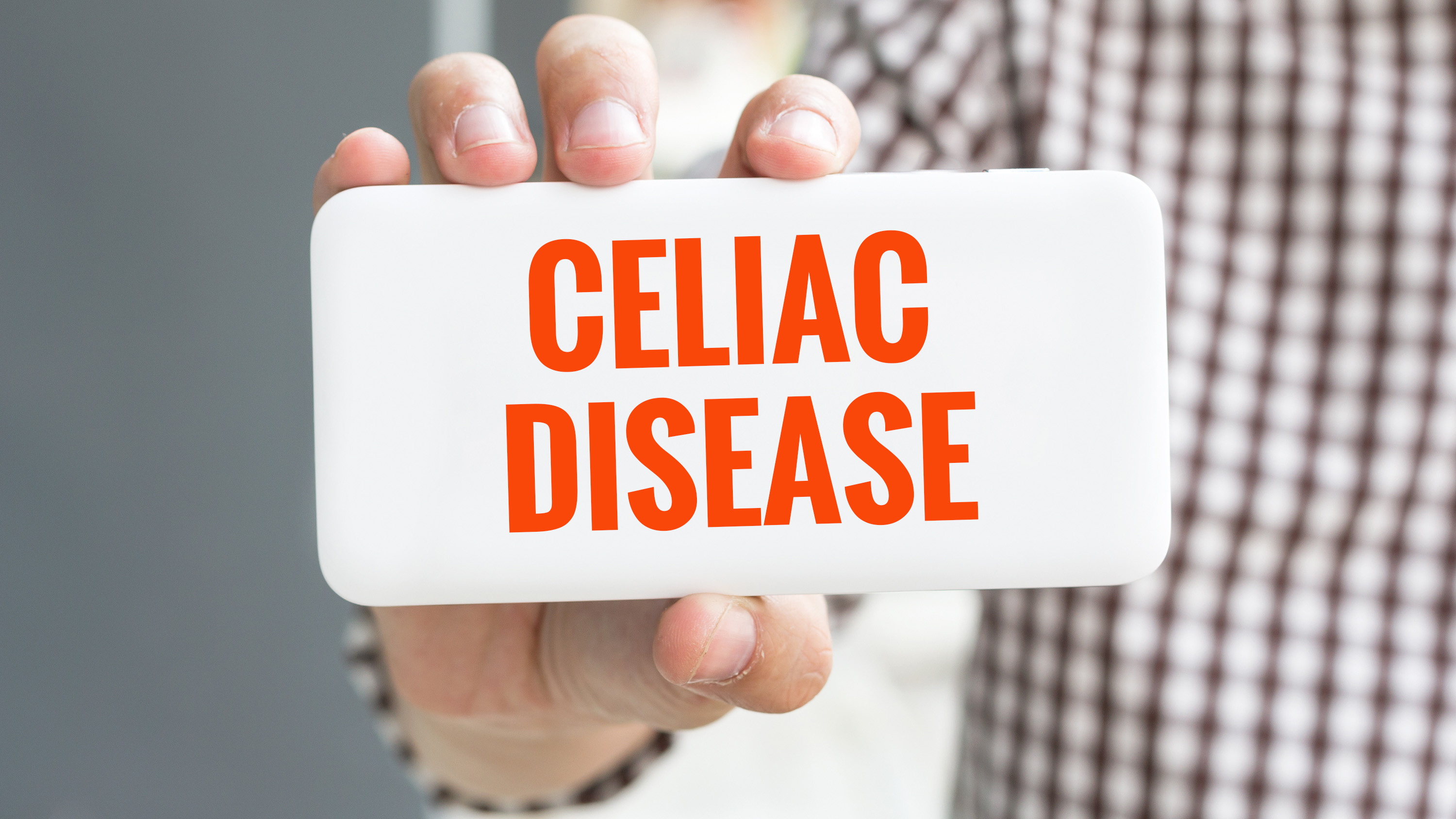
Ever heard of celiac disease? Celiac disease is an autoimmune disease where the consumption of gluten can cause damage to the small intestine. A person with celiac cannot eat gluten, such as wheat, bread, pasta, and cereals, because it can damage the small intestine’s lining and inhibit the absorption of nutrients. As a result, they often experience abdominal pain, chronic diarrhea, and constipation.
In addition to gluten consumption, several factors such as heredity, environment, and health conditions can also increase the risk of celiac disease. Not only that, according to the results of a recent study conducted by New York University, harmful chemicals that enter the body can also increase the risk of celiac disease. For example, hazardous chemicals from pesticides, non-stick cookware (Teflon), and flame retardants increase celiac risk. The results of this study have been published in The Journal of Environmental Research.
In their study, researchers examined levels of toxic chemicals in 30 children and adults who had just been diagnosed with celiac disease. The participants are known to be aged from 3 to 21 years. The examination was carried out by testing the blood samples of each participant. In addition, the researchers compared the same study results with 60 other participants who did not have a history of celiac disease to find out the relationship between them.
As a result, those with high levels of the pesticide dichlorodiphenyldichloroethylene (DDEs) in their blood were twice more likely to be diagnosed with celiac disease than those who did not. In addition, the chemicals found in non-stick cookware (Teflon), namely perfluoroalkyl (PFAs), can also increase the risk of the celiac disease up to 9 times higher. The chemical content of polybrominated diphenyl ethers (PBDEs) commonly found in fire extinguishers can also increase the risk. The results of the study also found that gender can be a risk factor for celiac disease. Women with high exposure to toxic chemicals have an 8 times greater risk of this risk.
Text by Anggie Triana
Stock photos from: Google Search Images
Source(s):
- Gaylord, A., Trasande, L., Kannan, K., et al (2020). Persistent organic pollutant exposure and celiac disease: A pilot study. Environmental Research, DOI: https://doi.org/10.1016/j.envres.2020.109439.
- Healthline - Pesticides, Teflon, and Celiac Disease: How They Are Linked (2020). https://www.healthline.com/health-news/nonstick-pans-may-increase-risk-of-celiac-disease, 13 May 2020.